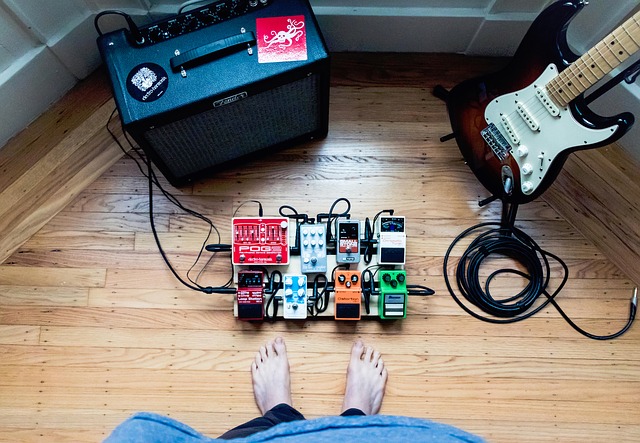Features to consider while choosing an EQ pedal
 When choosing an EQ pedal, there are a lot of options to choose from. Each pedal is just a little bit different so it helps to know what features matter so you can compare and choose the right one for you.
When choosing an EQ pedal, there are a lot of options to choose from. Each pedal is just a little bit different so it helps to know what features matter so you can compare and choose the right one for you.
Number of bands
Most EQ pedals have between five and 10 bands. Our top picks have between six and 10. The more bands a pedal has, the more control you have over your sound.
Each band represents a certain range of sound. The more divisions there are, the more you can fine-tune adjustments. A simple way to understand the importance of the number of bands is to think about the equalizer your car stereo uses. It likely allows you to adjust treble and bass, or two bands. You can see, then, that an EQ pedal with six bands would have much more control than the simple two bands of your car stereo. A pedal with 10 bands has even more.
A key question, then, is how much control do you need? Some people get a top-of-the-line 10 band EQ pedal and find that it’s a bit much so more control doesn’t always mean it’s a better fit for your style. There isn’t really a right answer to this; it all boils down to personal preference. If you’re an amateur who only ever practices at home, fewer bands may be a better fit. On the other hand, musicians who play multiple instruments in a lot of different venues would probably get a lot of use out of a 10 band EQ pedal.
Interface
There are a few things to keep in mind when it comes to the interface. First, the number of sliders coincides with the number of bands, which makes sense since you use the sliders to adjust the bands. Most of the sliders move vertically, with the exception of the ammoon ENO EX EQ7 Pedal which moves horizontally. This doesn’t have anything to do with how well the pedal performs and is purely personal preference.
Some of these EQ pedals, like the MXR M108S EQ Pedal, have sliders that light up while others, like the Boss GE-7 EQ Pedal, do not. For someone who will need to make adjustments to the sliders in dark lighting or during a performance, having a slider with LEDs makes things so much easier because you can see exactly what adjustments you’re making. If you need even more light, the JOYO Professional Guitar Multi-Effect Pedal also has an accent light around the pedal.
A few of our picks allow for other adjustments, too. The Boss EQ-200 Graphic EQ Pedal lets you adjust level control, save settings to memory, choose between three frequencies, and lock the panel settings in place. It also has a graphic depiction of the frequency, so you get a visual depiction of how your adjustments change the sound.
Other Features to Consider
 A lot of the products we chose are pretty basic. We’re not saying there’s anything wrong with that, sometimes all you need is basic setup to get just the sound you want. But some of these pedals do offer some nice extras.
A lot of the products we chose are pretty basic. We’re not saying there’s anything wrong with that, sometimes all you need is basic setup to get just the sound you want. But some of these pedals do offer some nice extras.
Our number one pick has a memory function which comes in handy if you play multiple venues or use different guitars. Instead of tweaking the setting each time you swap one guitar out for another, you can just choose a different saved profile at the push of a button.
Some of these pedals also have multiple output jacks so you can hook them up to two amps or add an addition pedal to create an even more personalized sound.
Features like master volume or gain control are great, too, because they give you a little extra control over your sound without having to make changes to the bands.
Dimensions
These pedals range in size depending on how many bands they have. Obviously, pedals with 10 bands are larger than those with 6 but even among the pedals with the same number of bands; there’s some variation. The JOYO JF-11 EQ Pedal, for example, has six bands and measures 4.7 × 2.5 × 1.5 inches and the 10-band MXR® KFK1 Graphic EQ Pedal measures 9.2 × 4.3 × 2.7 inches. The Caline CP-24 EQ Pedal, which also has 10 bands, measures only 5.6 × 4.8 × 2 inches.
Dimensions do not affect performance at all, but they do impact convenience quite a bit. If you’re looking for a pedal to fit into your pedalboard, pay close attention to dimensions.
Price
 If you think you can’t afford a decent EQ pedal, you’re in luck. These products really run the gambit with prices anywhere from around $40 to around $250. We’re not going to tell you that a $40 EQ pedal performs as well as a $250 model, but you can find a decent one at an affordable price.
If you think you can’t afford a decent EQ pedal, you’re in luck. These products really run the gambit with prices anywhere from around $40 to around $250. We’re not going to tell you that a $40 EQ pedal performs as well as a $250 model, but you can find a decent one at an affordable price.
Warranty
The warranties on these products vary quite a bit. A lot of them are covered for a year, but there are others, like the Biyang EQ Pedal, that are only covered for 30 days. The best coverage that we found is 5 years.







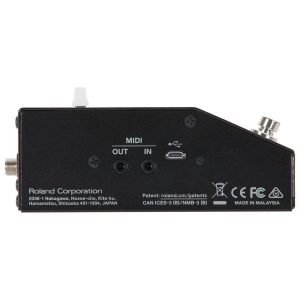



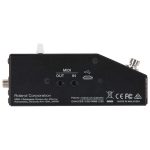




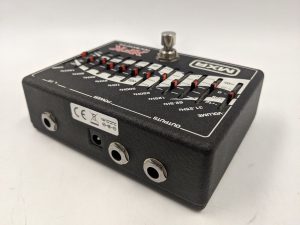

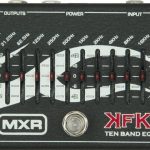







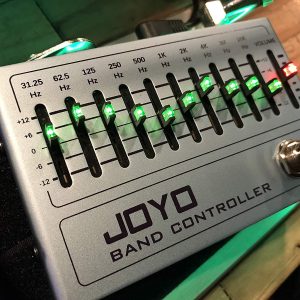



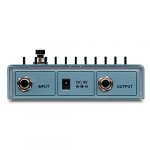




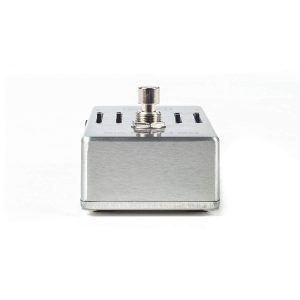








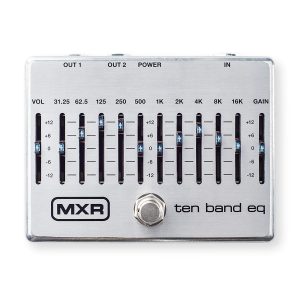

















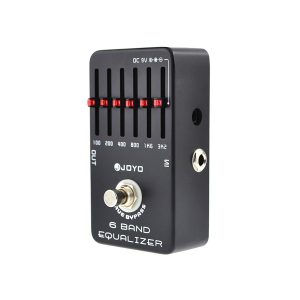


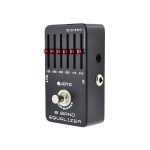


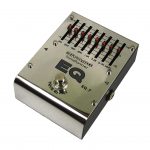







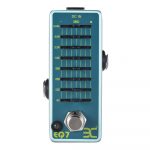











 When choosing an EQ pedal, there are a lot of options to choose from. Each pedal is just a little bit different so it helps to know what features matter so you can compare and choose the right one for you.
When choosing an EQ pedal, there are a lot of options to choose from. Each pedal is just a little bit different so it helps to know what features matter so you can compare and choose the right one for you. A lot of the products we chose are pretty basic. We’re not saying there’s anything wrong with that, sometimes all you need is basic setup to get just the sound you want. But some of these pedals do offer some nice extras.
A lot of the products we chose are pretty basic. We’re not saying there’s anything wrong with that, sometimes all you need is basic setup to get just the sound you want. But some of these pedals do offer some nice extras. If you think you can’t afford a decent EQ pedal, you’re in luck. These products really run the gambit with prices anywhere from around $40 to around $250. We’re not going to tell you that a $40 EQ pedal performs as well as a $250 model, but you can find a decent one at an affordable price.
If you think you can’t afford a decent EQ pedal, you’re in luck. These products really run the gambit with prices anywhere from around $40 to around $250. We’re not going to tell you that a $40 EQ pedal performs as well as a $250 model, but you can find a decent one at an affordable price.




